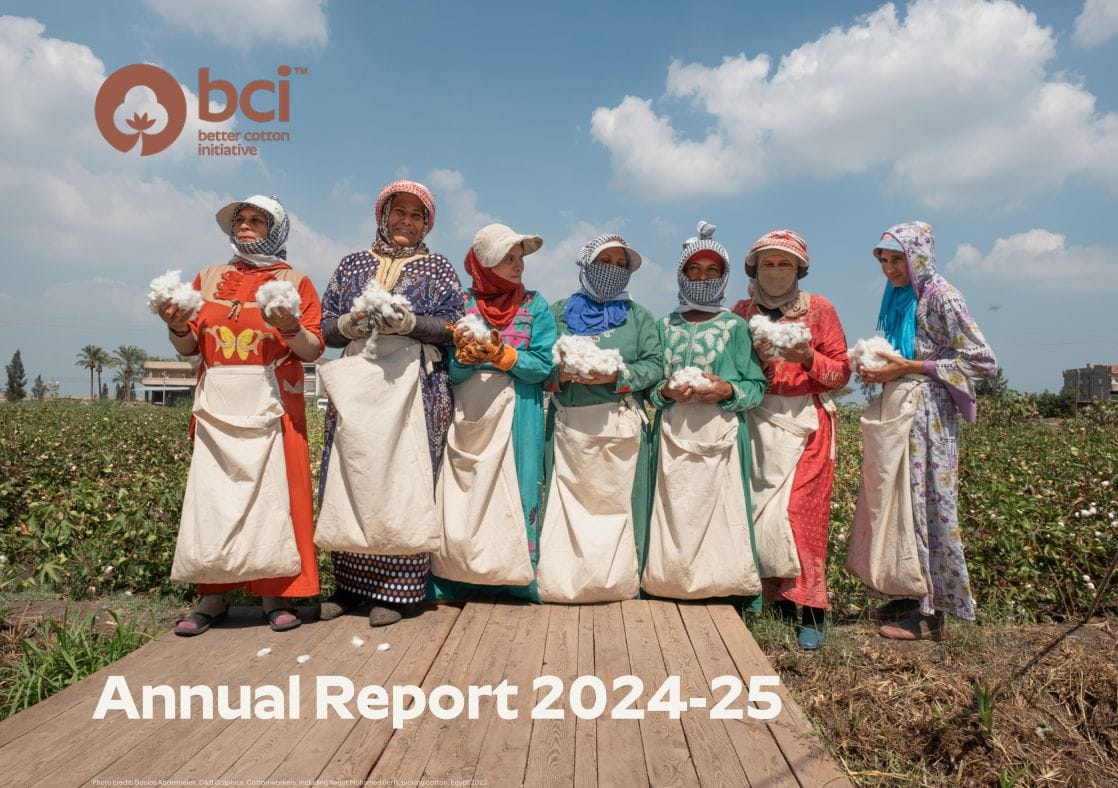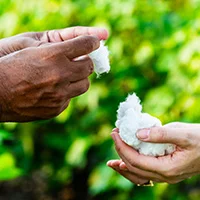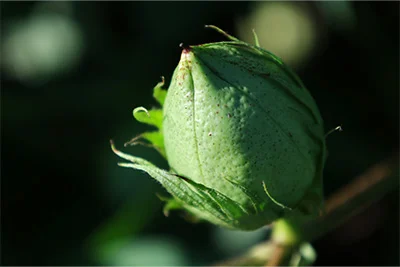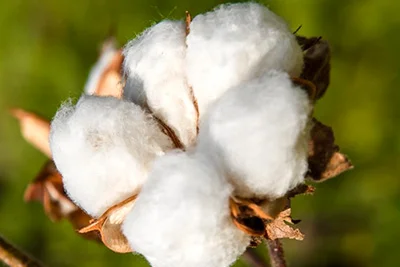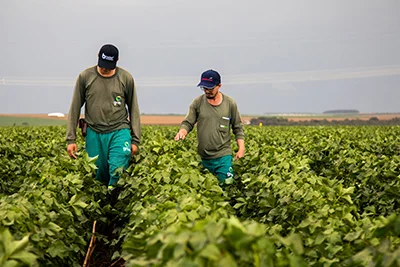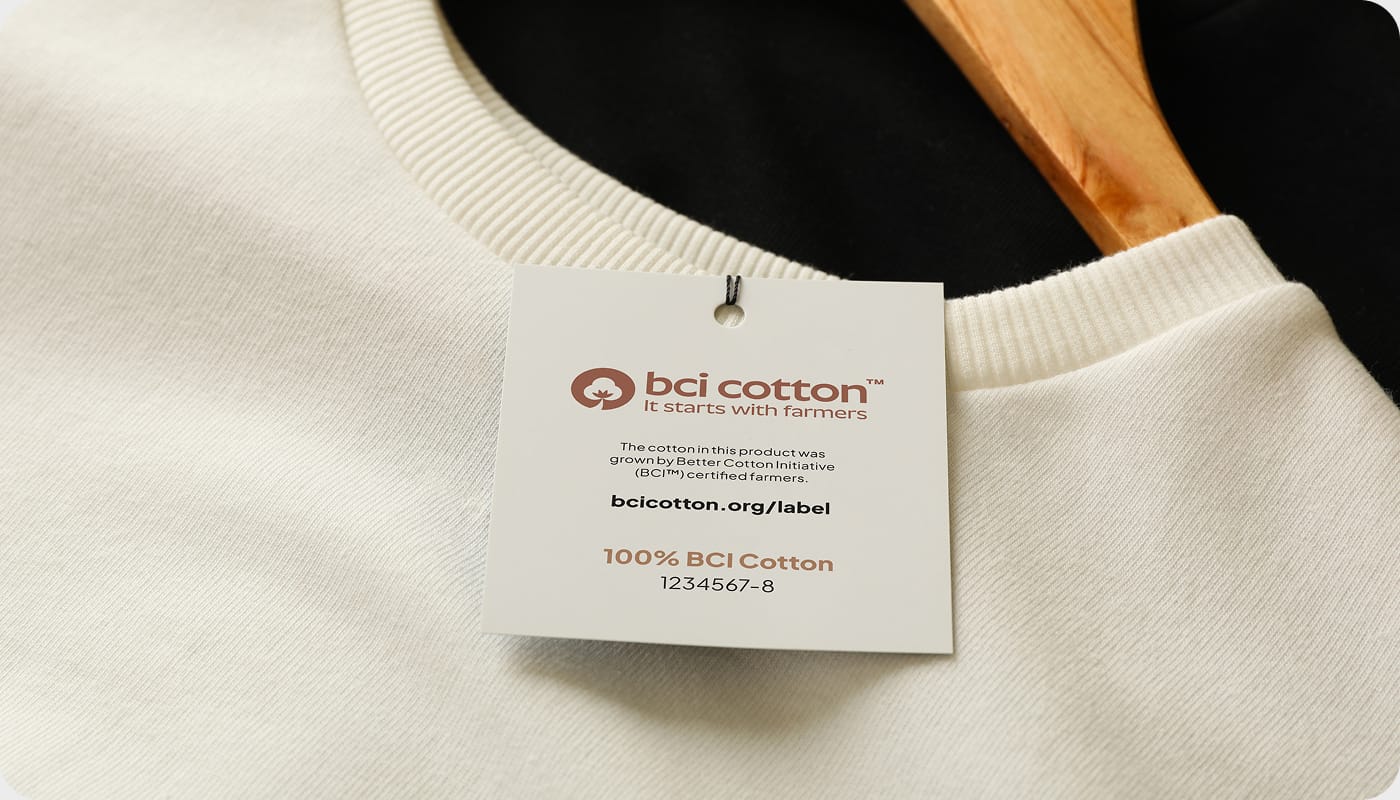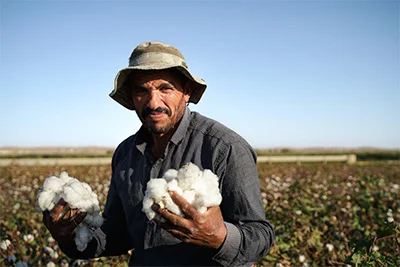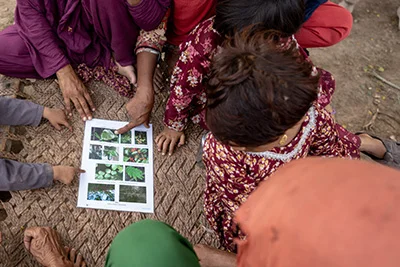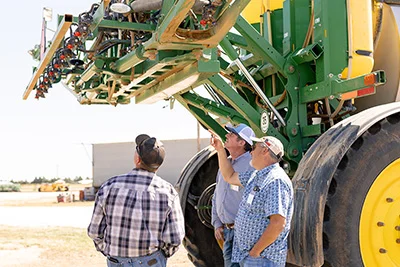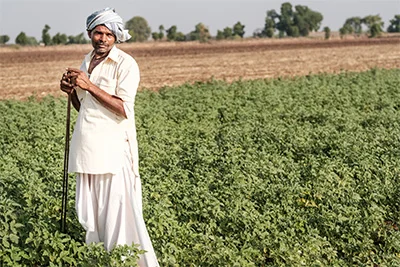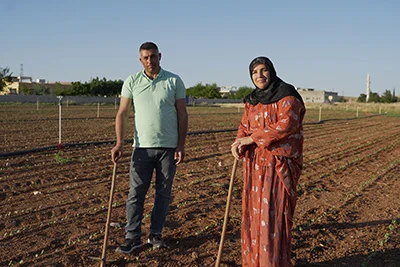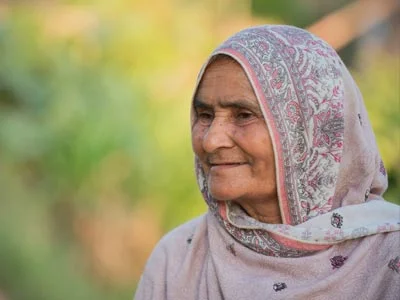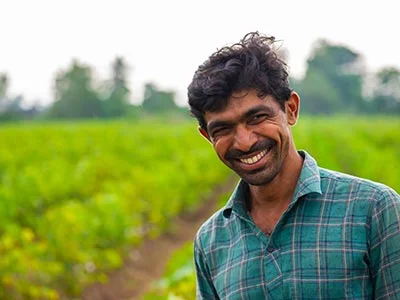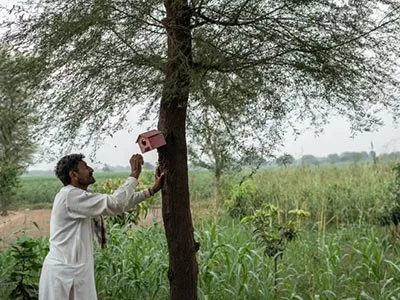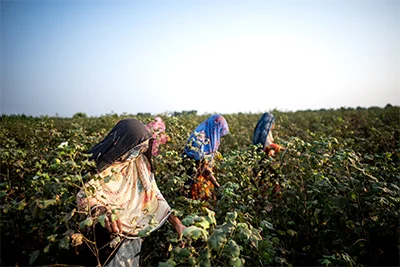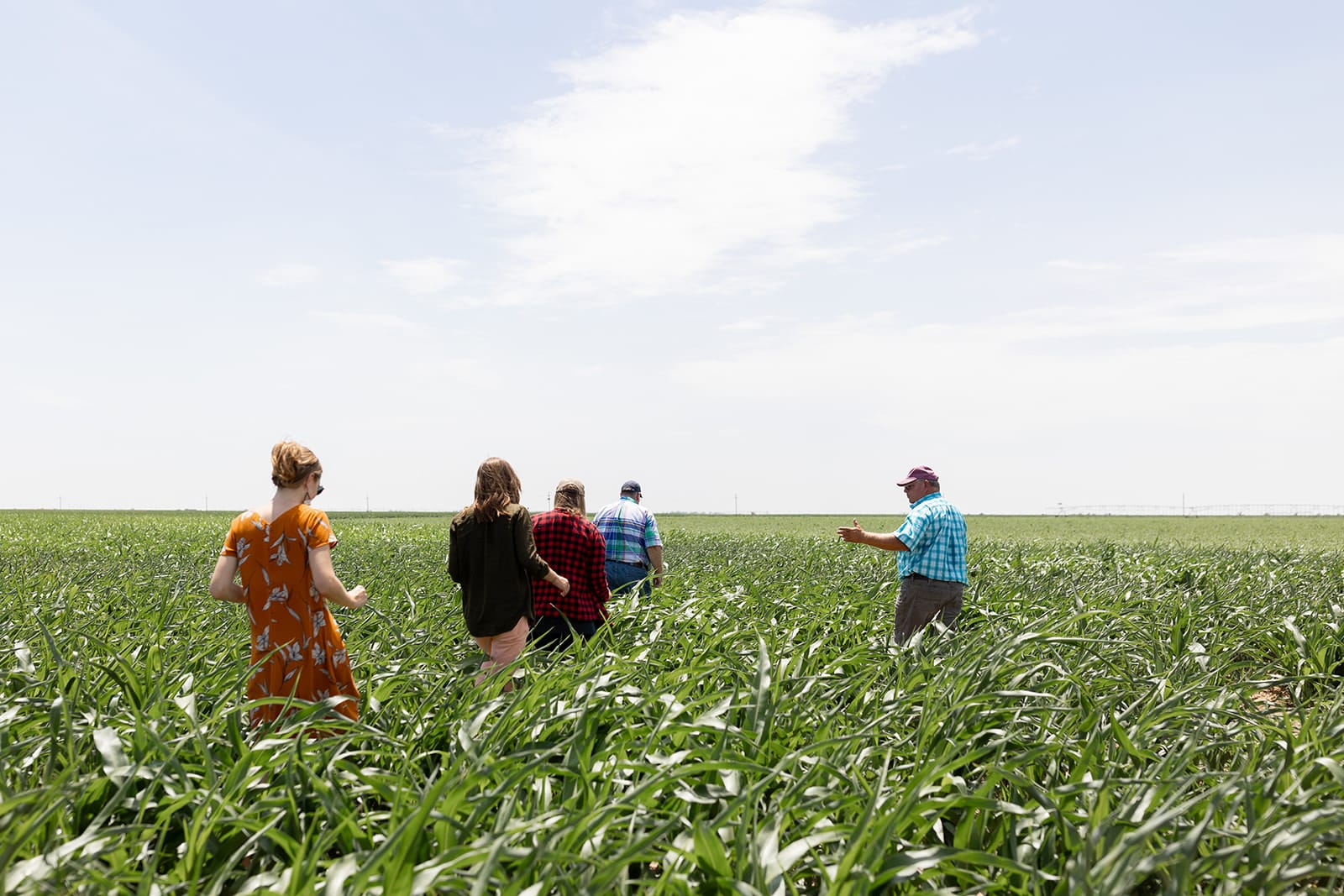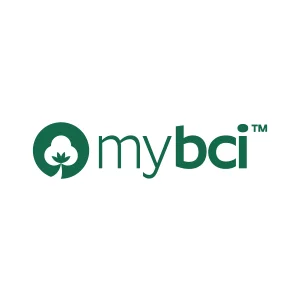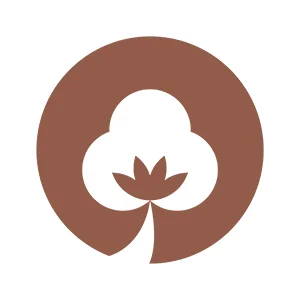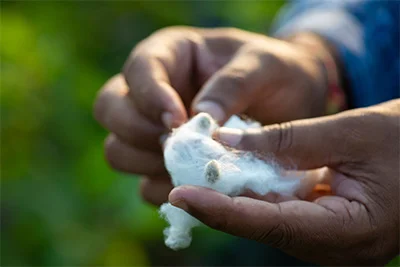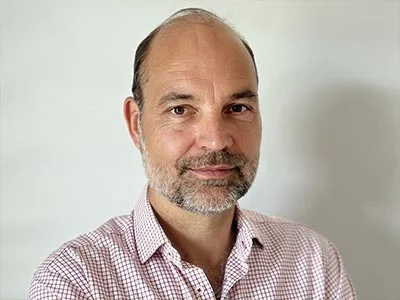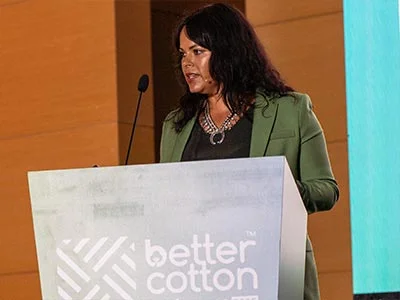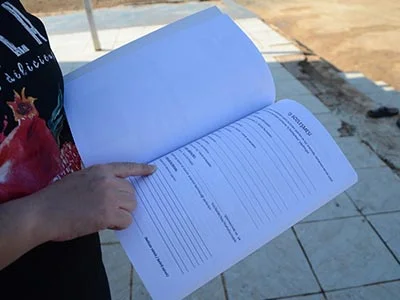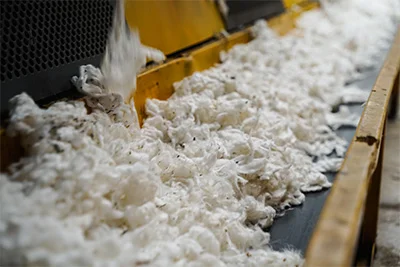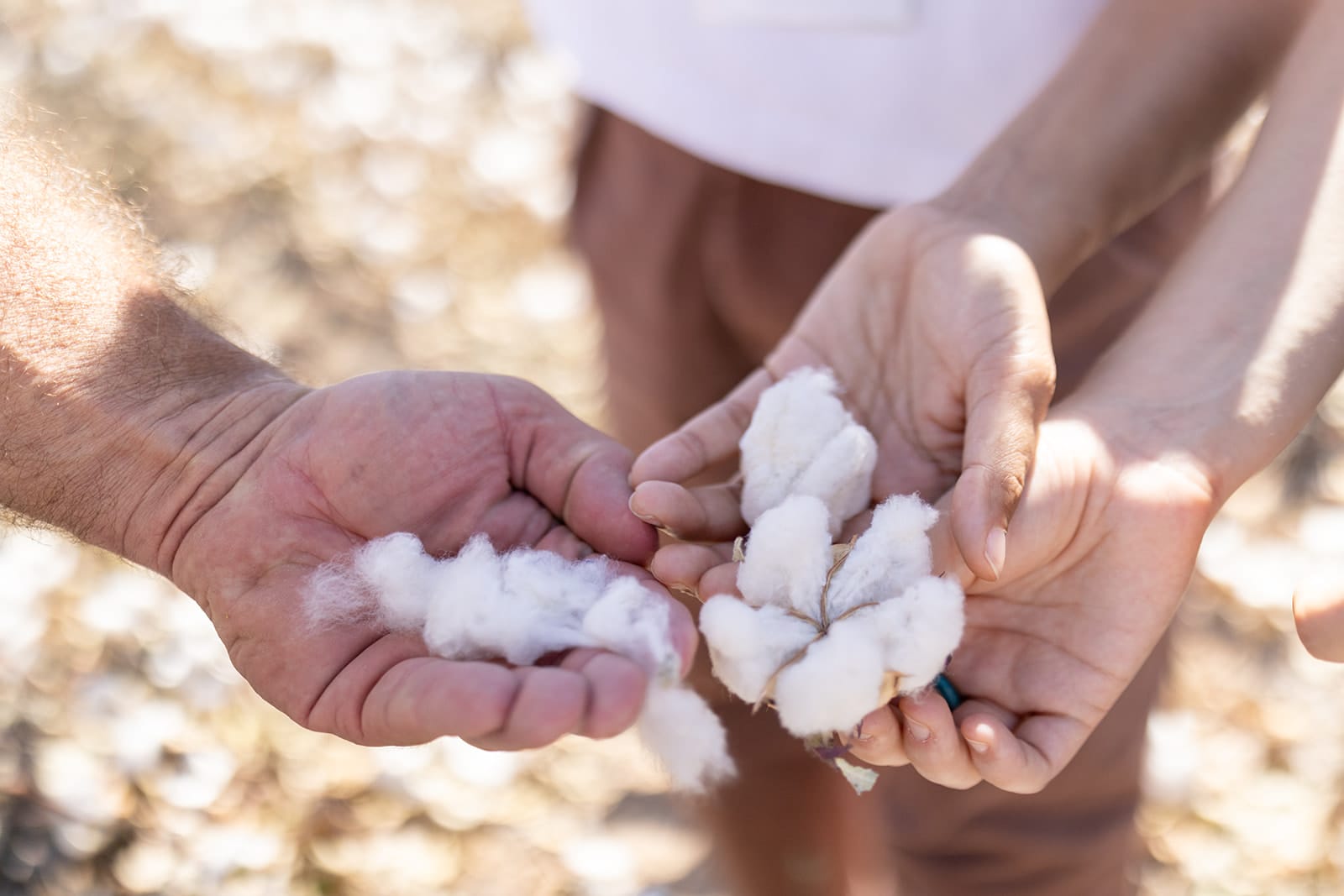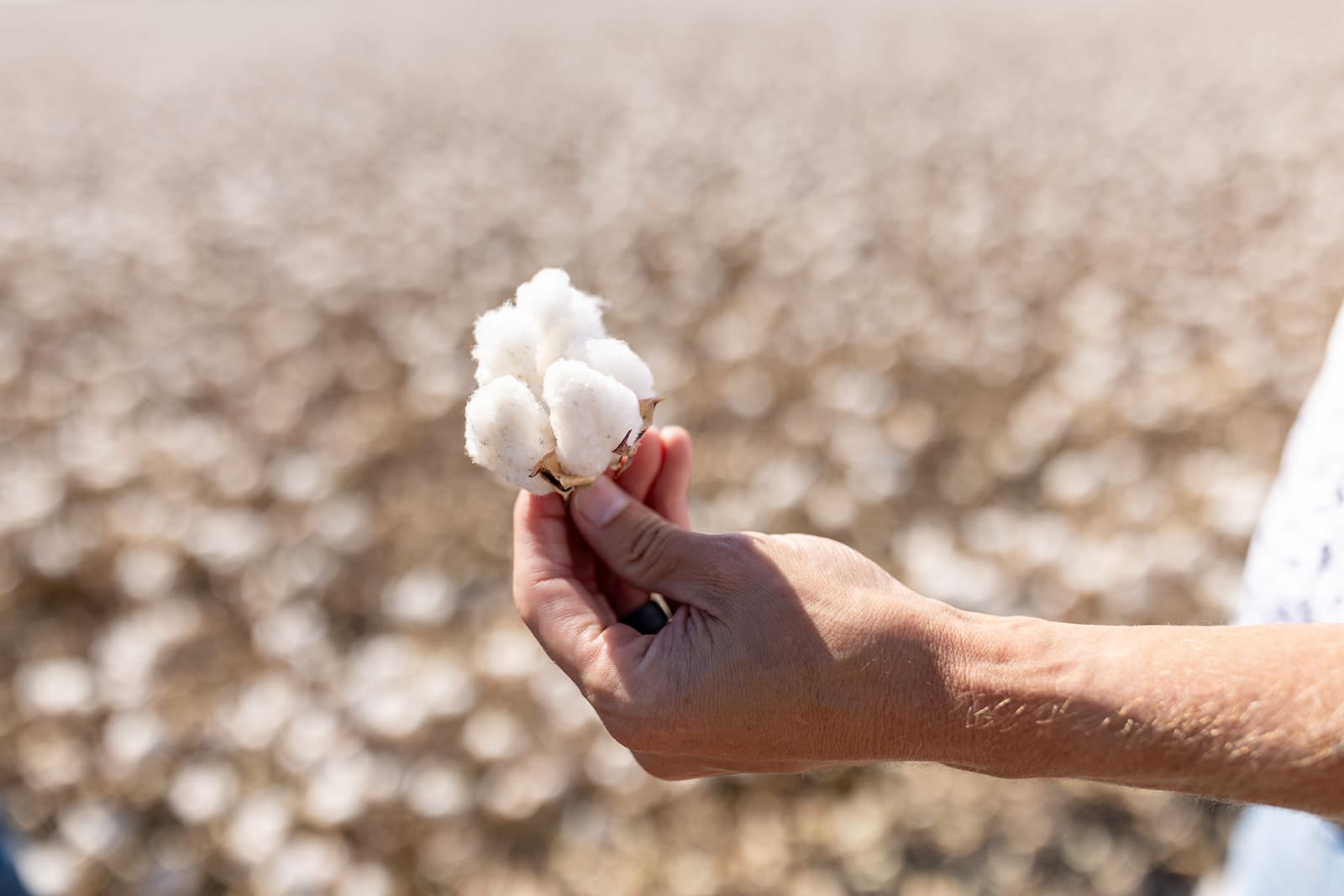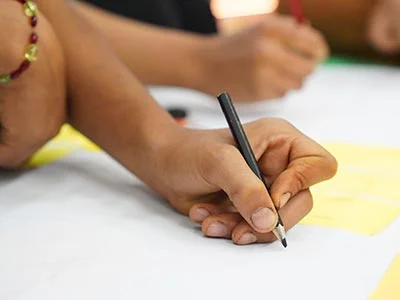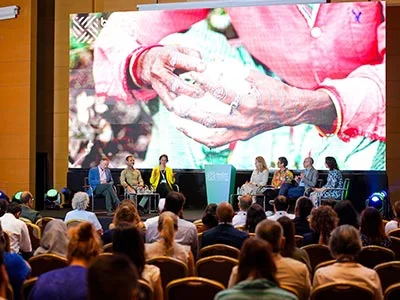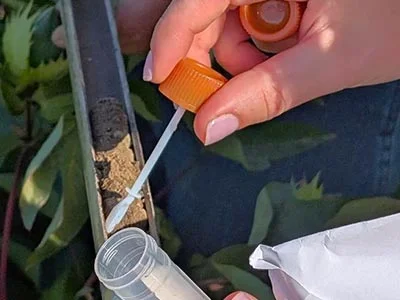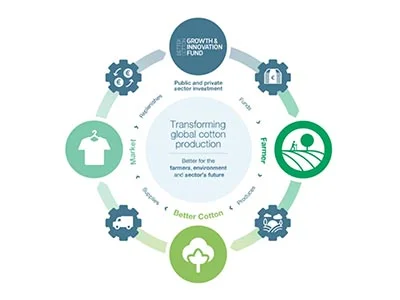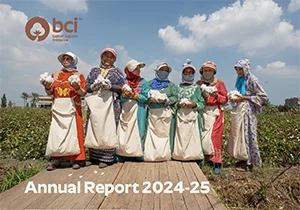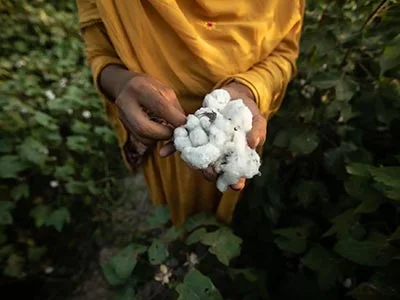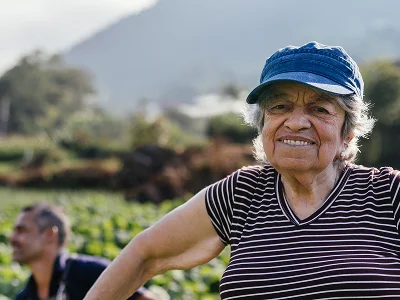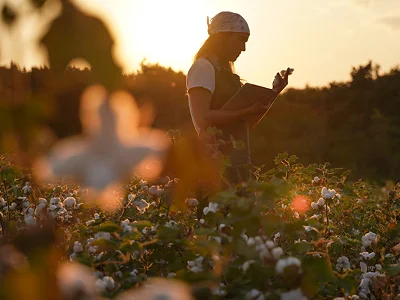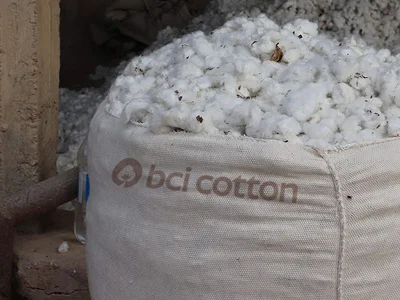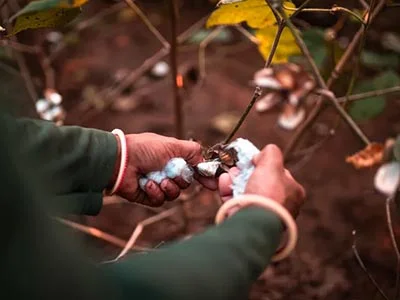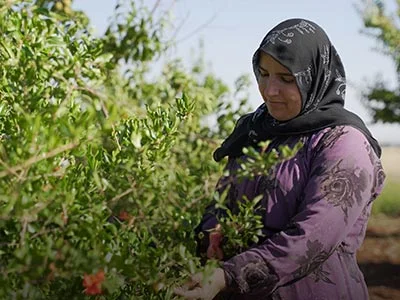
As 2024 draws to a close, it’s the perfect time to look back on another year of progress in supporting the more equitable and sustainable production of cotton.
From driving field-level impact for farming communities around the world, to promoting supply chain transparency through traceability, 2024 has brought a range of opportunities and challenges.
In this blog, we’ll take a look at some of our key highlights from the year and cast an eye on what’s to come in 2025. Join us as we celebrate and look forward to another year of innovation and progress.
Fostering Collaboration Through Our Global Network
In just 15 years, Better Cotton has aligned more than a fifth of the world’s cotton with our standard. As highlighted in our annual report, 5.47 million metric tonnes of Better Cotton were produced in the 2022-23 cotton season, representing 22% of global volumes. This cotton was grown across 22 countries, with more than 2.13 million farmers worldwide receiving a licence to sell their cotton as ‘Better Cotton’.
This global reach would not be possible without our multistakeholder network of over 2,600 members. In 2024, we continued to engage with these members to drive positive impact and facilitate the supply and demand of more sustainably produced cotton from farm to brand. We had over 5,000 participants to our events over across the year, and members’ insights were invaluable in informing projects such as the development of our traceability solution, our future plans on regenerative agriculture, and the development of our new product label.
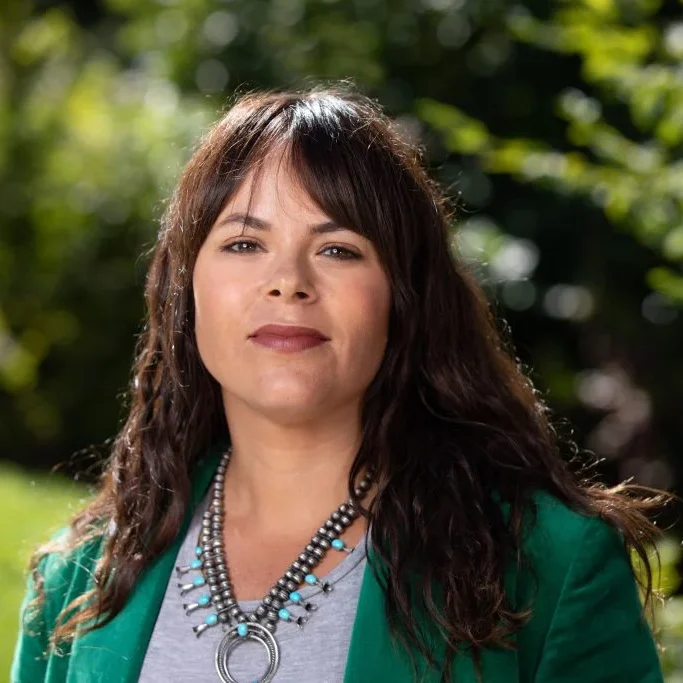

On a global level, and within the textile and apparel sector, there have been many significant shifts over the past few years, including major developments in the legislative space. In the face of these changes, Better Cotton retains an engaged member community, who year after year, demonstrates their commitment to supporting sustainable cotton production and its positive social and environmental impacts.
Driving Supply Chain Transparency With Traceability
This year, we celebrated the first anniversary of the launch of Better Cotton Traceability, our revolutionary system which has made it possible to trace cotton through the supply chain and define its country of origin. Since its launch:
- Over 500 ginners and 950 suppliers and manufacturers have aligned with our Chain of Custody Standard
- 26 Retailers and Brand Members have signed up to Better Cotton Traceability, and 5 of our biggest members have already received Physical Better Cotton products
- Physical Better Cotton can now be sourced from Pakistan, India, Türkiye, China, Mali, Mozambique, Tajikistan, Greece, Spain, Uzbekistan, Egypt, Côte d’Ivoire and the US
Traceable cotton is a prerequisite for BESTSELLER to track and account for our progress towards our science-based targets and other commitments under our Fashion Forward Strategy and to understand our risks and opportunities in the supply chain. We have supported Traceable Better Cotton from the outset and expect to increase our uptake in the future.
Co-Creating a Ground-breaking Methodology To Transform Cotton Sustainability Measurement
This ability to record the country of origin of Better Cotton products has opened new doors for the organisation. One such opportunity is the ability to begin producing country-level Life Cycle Assessment (LCA) metrics for Physical Better Cotton lint, providing valuable insights into critical areas like carbon emissions and resource depletion.
Over the past three years, Better Cotton has been part of a Cascale-led initiative to develop a groundbreaking methodology for aligning cotton LCA approaches, and we are proud to be one of the first organisations to implement the methodology with data from our programme in India.
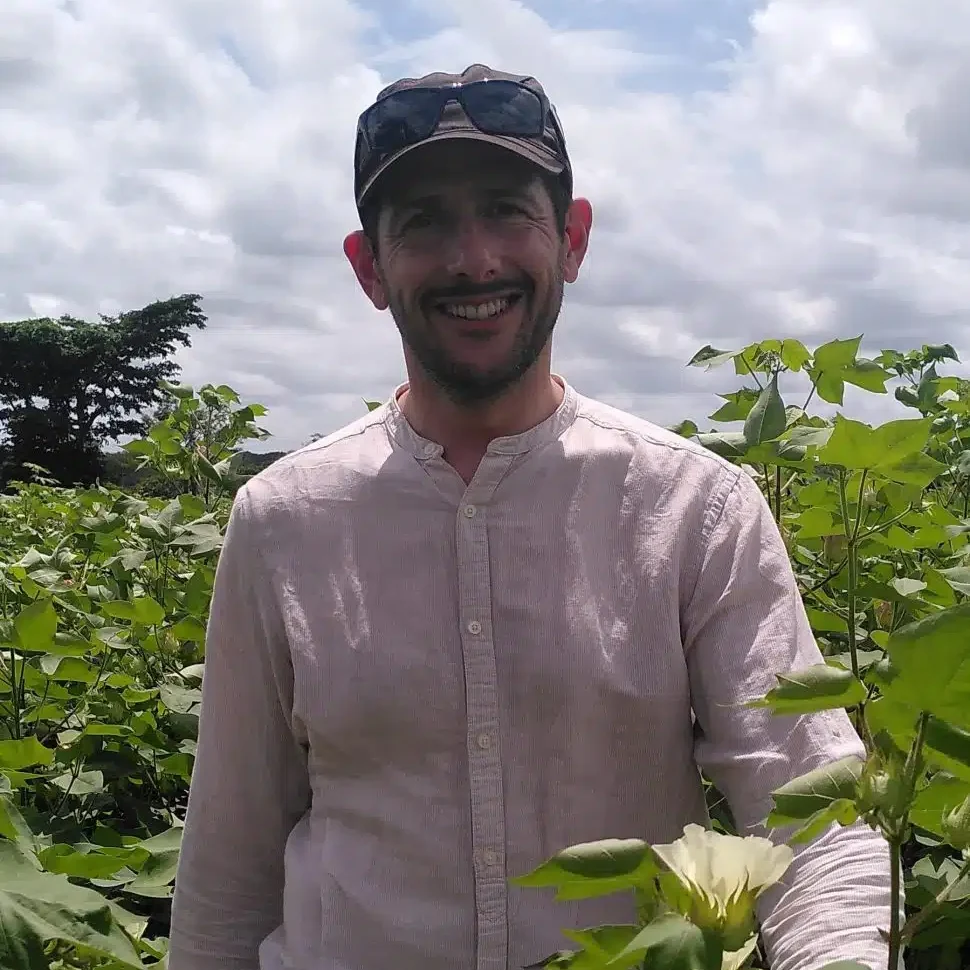

There was a growing demand for reliable LCA data, but the lack of consistency in modelling created uncertainty. By co-developing this methodology through the Cascale-led coalition, not only did we standardise the evaluation process, but more importantly, we ensured that the method reflects the diverse realities of cotton farmers across the globe.
Strengthening Impartiality and Maintaining Credibility Through Certification
Hand in hand with our traceability system, this year we also announced that Better Cotton has started the journey to become a certification scheme, ensuring that we meet new and emerging legislative requirements while maintaining robust and credible standards.
Under our new approach, 100% of certification decisions will be made by a third party. This system builds on our existing approach, maintaining the key aspects that worked well, including the same suite of standards, but updating how we carry out assurance.


Both consumer decision-making and the sustainability claims landscape have been evolving rapidly in recent years. Legislation driving the shift towards certification is also setting many of the requirements for sustainability labels. We’re taking this opportunity to ensure that the new label for Physical Better Cotton, which is due to be published in 2025, not only complies with these regulations but also reflects our strengthened assurance system.
Looking ahead only fully certified supply chains will be eligible to use sustainability labels, meaning that Better Cotton will be in a strong position to offer a label in a market with far fewer sustainability claims.
Accelerating Progress in 2025
Alan McClay, CEO:
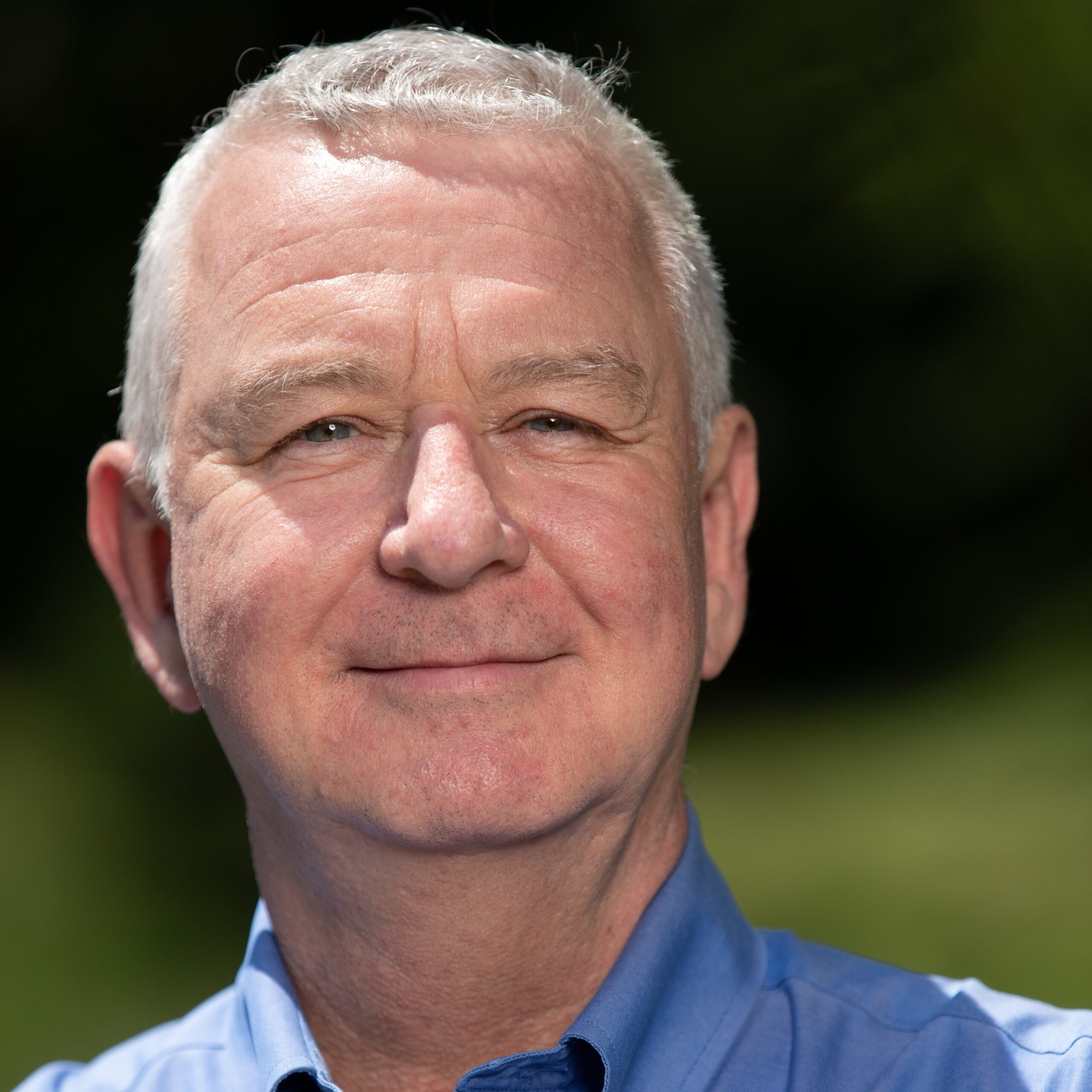

As we move steadily towards the vision outlined in our 2030 Strategy, our focus for the year ahead is on setting up the tools and frameworks that can help us accelerate progress.
In 2025, we will launch our new label, which will enable brands sourcing Physical Better Cotton to market products to consumers as containing Better Cotton for the very first time.
As we look for new ways to reward farmers for their commitment to sustainability, we are also building on the foundations of our field-level presence, capacity-strengthening programme, monitoring approach and Better Cotton Traceability to create a credit trading system for sustainability impacts. This will help boost farmer livelihoods through a combination of incentive payments and remuneration for sustainable outcomes and metrics.
Furthermore, we will continue to develop approaches that better reward and communicate progress in the shift towards regenerative practices and outcomes. This includes enhancing regenerative project implementation, improving regenerative reporting and exploring potential regenerative certification.
With so many exciting developments ahead, the next year will be a busy and rewarding one. Through it all, we are keeping our mission front and centre: improving the lives of cotton farmers and transforming the way the world sources and produces cotton.

